Pilatus PC/6 B1 Series H2 Porter VH-SMB
Cooma, NSW
10:02 am Thursday 20 May 1976
A single mistake by an experienced pilot led to instant annihilation. But the roots of the tragedy had been planted years earlier.
‘Complacency’ is not an explanation for errors.’ R Key Dismukes
‘It is often the best people who make the worst mistakes.’ James Reason
It was no secret that the best days of the Snowy Mountains Authority (SMA) Flying Unit were behind it. During the peak years of the Snowy Mountains hydro-electric scheme in the 1960s, its air transport branch had operated up to 7 aircraft, including twin-engine executive transports. But, since the completion of the nation-building project in 1974, the operation had shrunk to one Pilatus Turbo Porter aircraft and one pilot by 1976.
That pilot, Jack Howard, 57, was well regarded in Cooma, where his wife was a senior nurse – a hospital building still bears his name in 2023. He was born in nearby Bega and, unusually for pilots of his cohort, had had an entirely civilian aviation career, beginning in the late 1950s. His World War II RAAF service had been ground based. (‘Not officially,’ was his wife’s coy answer to the coroner when asked about his wartime flying experience.)
That afternoon he planned to mow the Anglican church lawn. The morning’s flight would be the usual round trip from Polo Flat, the SMA’s private airfield on the north-east edge of Cooma, to Khancoban and Talbingo.
Polo Flat had opened in 1958, near a transmitter mast erected 10 years earlier by local radio station 2XL. This cable-stayed structure stood 266 feet above ground level, in the lower triangle of the X formed by the intersection of runways 18/36 and 12/30. As a private airfield (the precursor to what today is known as an authorised landing area), Polo Flat was not subject to the same standards applied to air transport facilities. As the tower was clear of the fan-shaped manoeuvring area that ended at the runway threshold, it was not considered an unacceptable hazard.
Howard woke about dawn and made his wife a cup of tea, which he brought to the bedroom, before leaving for work. He had completed the aircraft’s daily inspection by 7 am, when operations officer Robert Starkey arrived. The Porter would have 3 extra passengers for the morning trip – 2 daughters of a work colleague and their friend from Sydney. Their father, an SMA executive, had taken advantage of the slump in flying unit demand to book them a scenic flight.
The aircraft departed Polo Flat at 0750 with Howard in his customary white overalls, 4 SMA employees on business and the young passengers in a kaleidoscope of 70s youth fashions. Patricia Harvey, 23, wore a kaftan-type top decorated with mirrors and flowers, and light-coloured jeans. Her younger sister Evelyn, 19, wore ‘slacks’. Their friend Rosemary Hellmers, 24, wore a yellow parka and jumper.
There was dense fog at Polo Flat but the Porter took off regardless and climbed until it was in the clear air above. When the aircraft returned to Polo Flat shortly after 0930, the fog was beginning to disperse, with patches of blue sky visible from time to time. ‘Visibility was restricted to less than 100 yards (92 m) and in places the fog was on the ground,’ the coronial report published later that year said.
Howard spoke by radio with Starkey and was told of the conditions. He made an approach to runway 36 but went around from about 15 feet.
‘At this time I couldn’t see the southern end of the airfield most of the time and I hadn’t seen the 2XL aerial at any time,’ Starkey told the coroner’s inquiry.
‘There were breaks coming and going all the time and I believed there would be no problem in 15 or 20 minutes. I wasn’t concerned for the aircraft because of the weather but I was uneasy about the situation for no real reason.’
Starkey informally suggested the aircraft divert 9.4 nm to Cooma, which was clear of fog. ‘I called Jack and said that as he had no SMA passengers, ‘You may as well go and annoy Jim for a while and have a cup of coffee’,’ he says. ‘That would have been about 5 to 7 minutes before the crash.
‘I was over by the radio console and the next thing I heard on 119.1 was Jack saying, ‘Hit the … ‘. That was followed by the sound of impact.’
The left wing of the aircraft had struck the radio tower 32 feet from the top and it dived steeply to the ground about 146 metres north of the mast. For Lesley Taylor, a witness who lived nearby, ‘The sound … was like a motor mower stalling in heavy grass,’ before a final dull thud. She saw the detached wing drifting down and the tower shaking.
A fierce Jet A-1 fuelled fire was burning when Starkey arrived and it defied his attempts to fight it. It was not a fight worth having – the aircraft was destroyed and its occupants already dead. As it burned, the fire helped clear the fog.
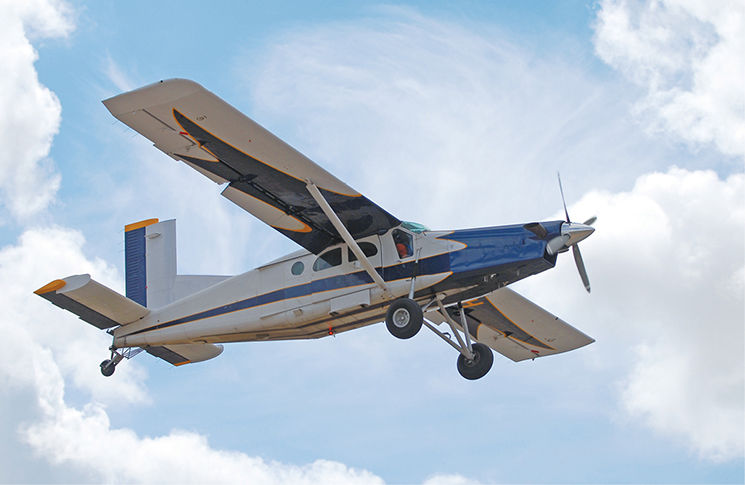
The knock on the door
Later that day the police called at the Hellmers’ family home in Mosman, Sydney, to break the news about Rosemary. ‘My parents and I had been out shopping for their first and long-awaited trip to Europe,’ their younger daughter Leonie remembers. Her father Edgar Hellmers died 6 months later from a relapse of cancer. ‘Tragedies such as this can either make or break a family or a community,’ Leonie says. ‘It broke our family, gradually. I don’t think any of us knew how to grieve. I certainly didn’t. ‘
Error and context
Several questions were unable to be answered in the coronial inquiry. Was the Porter in visual or IMC when it struck the mast? If flying visually, the position of the sun would have been almost directly ahead of the aircraft. Flight at that level would have broken the regulations covering required distance from cloud if VFR, and from the ground if IFR.
NSW Department of Transport investigator Ian Stacy told the coroner Howard might have seen the markings of runway 32 as the fog began to lift and attempted a steep curved approach, using the turboprop’s beta thrust mode with the propeller feathered. ‘It is not possible to suggest any reason for the pilot forgetting about the presence of the radio mast,’ Stacy said.
The report of the Commonwealth Bureau of Air Safety Investigation was, by modern standards, shockingly cursory. In a statement of the obvious it opined, ‘The probable cause of the accident was that the aircraft was operated at an unsafe height in weather conditions in which the pilot was not able to maintain the visual reference necessary to ensure adequate clearance from obstructions.’
No consideration seems to have been made about why an experienced pilot would succumb to such a fundamental error. This was partly because theories about the origins of error and how to defend against it were yet to be written. Not until the following year would a British psychologist, James Reason, be distracted by insistent meowing in his kitchen and prime his teapot with cat food.
Stunned into reflection by the sheer absurdity of the mistake, Reason began thinking seriously and systematically about human error. But it was 1990 before the Royal Society published his The Contribution of Latent Human Failures to the Breakdown of Complex Systems which, by the 21st century, became widely known as the Swiss cheese theory of accident causation. It was a simple theory, but one which could be sharpened into a useful investigative tool. Defences against accidents had metaphorical holes in them, like slices of cheese, and sometimes these holes lined up to allow an accident.
A Swiss cheese analysis of the Polo Flat crash would discuss concepts such as latent failures, of which it would find many, and defences, of which there were few. Anecdotally, some of Howard’s piloting habits would fall into Reason’s category of active failures, although whether he was significantly different to other general aviation pilots of his generation is another question.
Howard, as chief and sole pilot of the operation, had had little oversight, training or mentoring.
Retired Cooma firefighter Chris Reeks remembers Howard putting the Porter into a memorably steep turn to give Reeks a better view of a motor vehicle accident. The Porter’s outstanding slow flight and high-lift characteristics might make this manoeuvre less hair-raising than it seemed to an aviation novice. But one of Howard’s successors at Polo Flat, Bill McIntyre, heard stories (admittedly hearsay) of how Howard was in the habit of performing non-approved NDB and VOR approaches and making wristwatch-timed approaches to mountainous airfields in thick IMC.
A Swiss cheese analysis would also look at the latent failures that had allowed these active failures – Howard, as chief and sole pilot of the operation, had had little oversight, training or mentoring. His last proficiency check was in January 1973 and his instrument rating had lapsed.
A dynamic version of Reason’s concept of latent organisational failures is sociologist Diane Vaughan’s concept of normalisation of deviance. In Vaughan’s words, ‘Social normalisation of deviance means that people within the organisation become so much accustomed to a deviant behaviour that they don’t consider it as deviant, despite the fact that they far exceed their own rules for the elementary safety.’
This tectonically slow drift happened in both the Polo Flat crash and the destruction of the space shuttle Challenger, which Vaughan examined in her 1997 study The Challenger Launch Decision. A telling organisational similarity in these disparate cases is how both the SMA Flying Unit and NASA both flew for years without damage or injury.
To summarise Vaughan’s argument, continued success had led to misperception of the inherent hazards. Whether O-rings on solid rocket boosters, or a radio mast near an airfield, they became seen as less dangerous than they really were. The point is that hazards successfully dodged, as opposed to mitigated, are still hazards.
Always in sight
Michael Apps, who ran a flying school at Polo Flat until 2018, was obsessed by the tower and the hazard it presented. He had been a Royal Navy Fleet Air Arm pilot, with experience in the short obstructed runways of aircraft carriers and the procedures needed for operating from them. For flying training at Polo Flat, the tower became the subject of checklists and standard operating procedures.
‘Firstly, we only flew in VFR conditions – indeed, only in very good VFR,’ Apps says.
‘Also, the tower was a checklist item. You needed to know exactly where it was. On approach the pilot had to say, ‘Tower in sight’.
Hazards successfully dodged, as opposed to mitigated, are still hazards.
But for some types of aircraft, the radio tower was an unacceptable hazard. ‘When I arrived in 1977, Canberra Gliding Club used Polo Flat,’ Apps says. ‘I was instrumental in getting their airfield moved to Bunyan, where they are now.’
Remembering
About the time of Vaughan’s book, a psychologist in the USA was developing ideas on the relationship between routine, interruption, memory and error. Specifically, R. Key Dismukes focused on the difficulty of prospective memory, the problem of ‘remembering to remember’ a hazard or checklist item in the midst of a busy take-off or approach.
Much of his research looked at airline flight decks (Dismukes upgraded to an airline transport pilot licence as part of his research) but he also discussed the pressures of single-pilot operations.
Howard was in the situation of having to ‘remember to remember’ while multitasking.
‘The single pilot does not have the luxury of focusing on one task to completion before turning to other tasks; rather, he or she must ‘multitask,’ switching attention among task demands, something like a circus juggler,’ he wrote in 2007.
The situation at Polo Flat that May morning could have served as a case study for Dismukes. After fog prevented his original approach, Howard was in the situation of having to ‘remember to remember’ while multitasking. He had to fly a circuit of the field at the same time as seeing and then avoiding the radio mast. This was an inherently difficult task, not helped by the mast’s slim lightweight construction and the fact that, because Polo Flat conducted no night operations, there was no light on top. The mast was below the height where a light would have been required in daylight.
Any blame surely must lie with the lunacy of co-locating a radio transmitter and an airfield.
Remembrance
Leonie Hellmers went on to have a happy and productive life. But nothing has ever been quite the same since that doorknock. ‘When I cry, I find it hard to stop,’ she says. Despite the cascade of damage her sister’s death caused, she emphasises that her family has never blamed Jack Howard. ‘Our family made it clear to the pilot’s family that we did not see it as his error,’ she says. ‘Any blame surely must lie with the lunacy of co-locating a radio transmitter and an airfield.’
Aviation has finished at Polo Flat, apart from the occasional helicopter, which finds no facilities. The area is now an industrial district, with a rumbling factory standing on the old runway. The mast is also gone, since 2XL went to FM in 2019. The former aerodrome buildings are starting to decay and the distinctive melancholy that hangs heavily over abandoned airfields is strong.
Fog still shrouds the rounded hills from time to time, and the temptation to declare the place haunted is strong, even with full knowledge that this is irrational. But this uneasy feeling is also an insight – the hazards of that bright cold autumn day were not just fog but silent intangible things, ghostly but real enough to kill: organisational drift, the ever-present possibility of error and the immense difficulty under pressure or novelty of remembering to do the right thing – every single time.

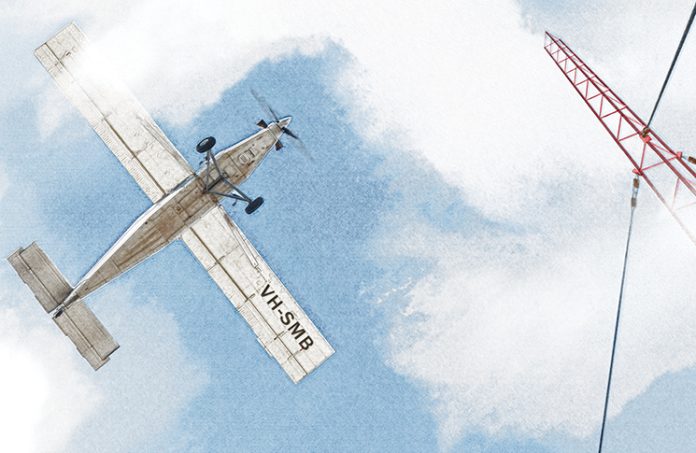
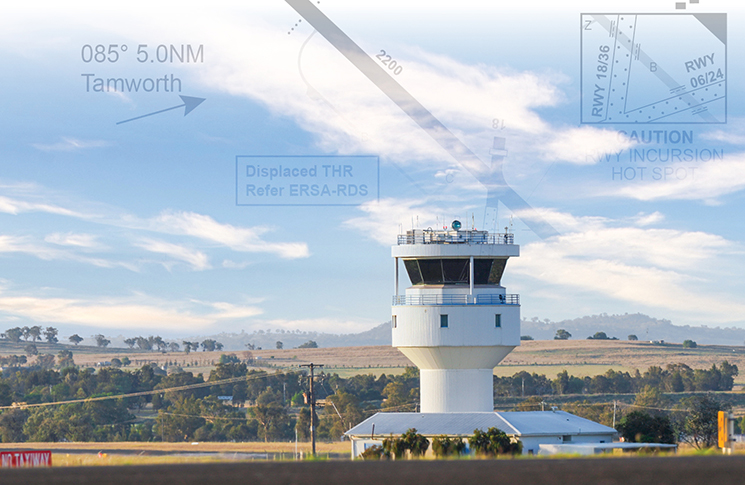
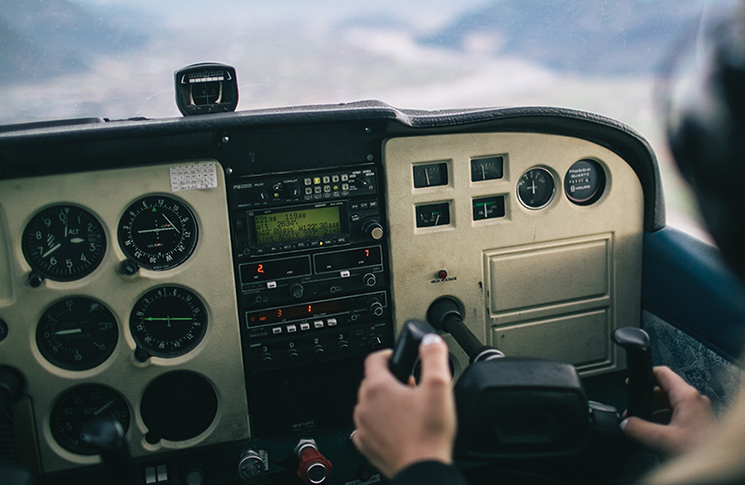
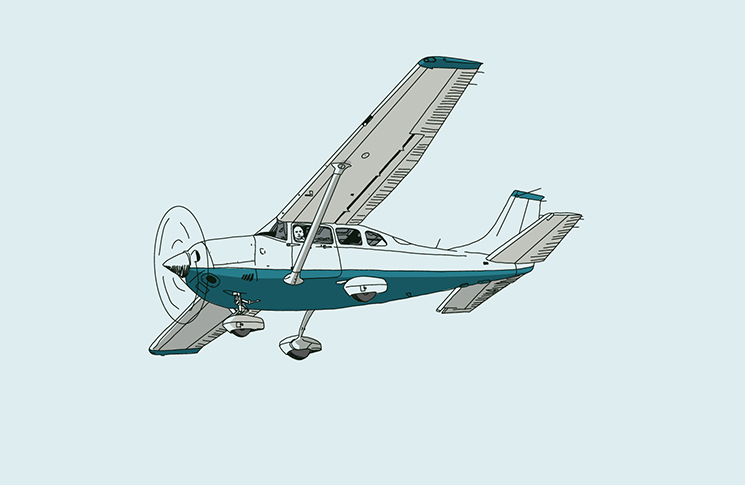

I am a US commercial-instrument rated instructor pilot/mechanic (A&P-IA for those who call mechanics engineers). I work for a missionary organization and flew 185/206 single pilot in the wilds of northeastern Honduras (La Mosquitia) and then in the Venezuelan Amazon jungle in the late 80s till 2000. I’ve seen some hairy things out there (including the memory of a fellow pilot/mechanic(I did his field checkout) and a Venezuelan missionary friend burning after a departure accident deep in the jungle). I’m at our headquarters’ now and my focus is maintenance training–and one of my Passions is human error in maintenance. Thank you for this article–I was triggering as I read it because I’ve seen this kind of thing with my own eyes. It’s not maintenance related, but human error is human error. My prayer and hope is that one day we will all of us (the problem starts with me and not them) will actually learn from the past so that we can finally stop repeating it. Thank you again for a very excellent article.